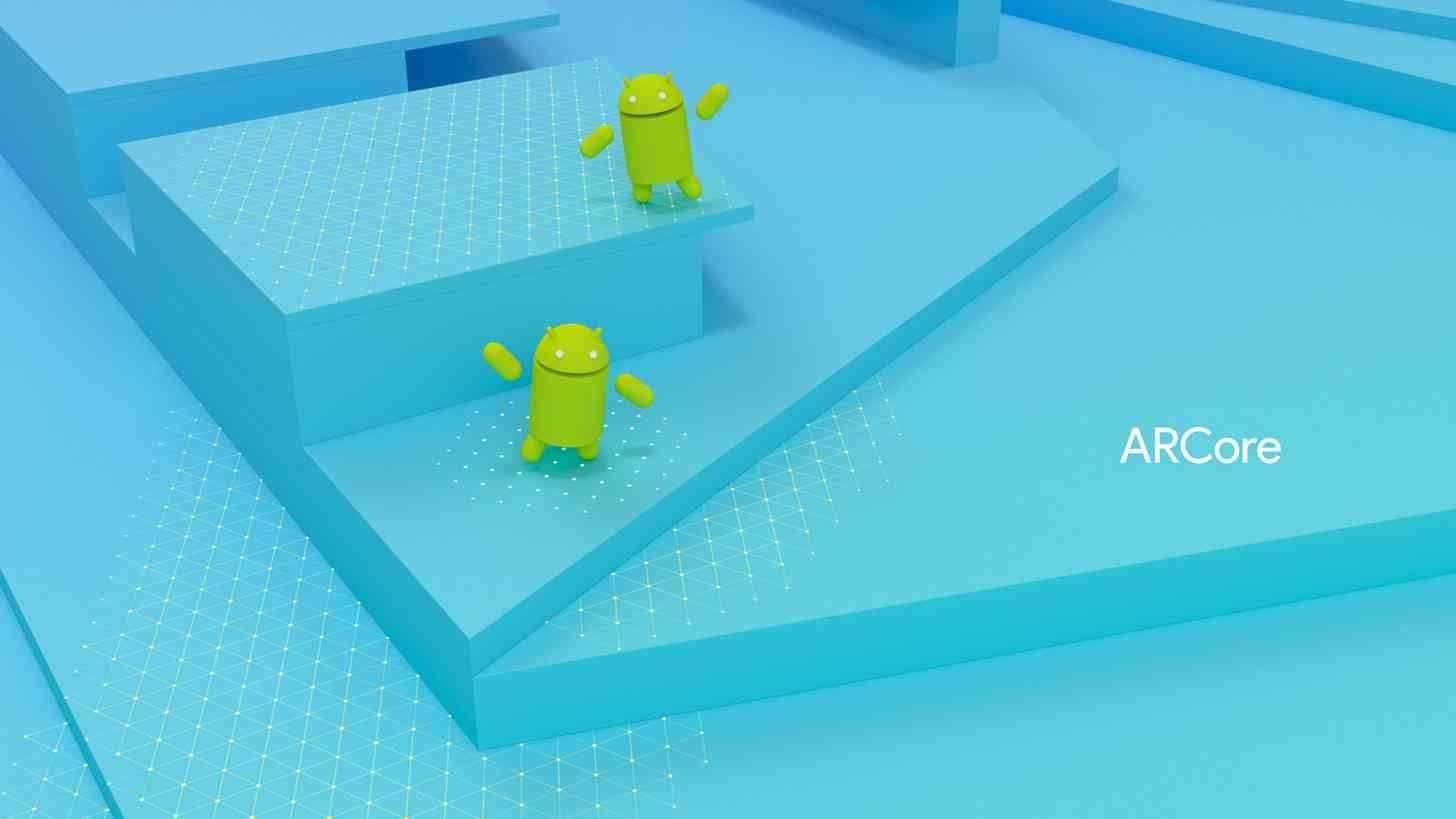Google is no stranger to augmented reality, having spent the past few years on Tango. Today the company is rebooting its AR efforts, though, with a new Android SDK.
ARCore is Google’s newest attempt at making AR mainstream. Unlike Tango, ARCore works without any extra hardware, meaning that it can be offered on many more Android devices.
Google is launching an ARCore preview today on the Pixel and Samsung Galaxy S8. The company aims to have ARCore on more than 100 million devices running Android 7.0 or higher at the end of its preview, and it’s working with companies like Samsung, Huawei, LG, ASUS, and others to achieve that goal.

With ARCore, users can take advantage of the phone’s camera and sensors to place virtual objects in the real world. ARCore uses Java/OpenGL, Unity, and Unreal and places a focus on the placement of objects and the world around them. You can put an object on a table or other horizontal surface, and the phone can use feature points in the room and IMU sensor data to keep an object accurately placed as you and your phone move. ARCore also observes ambient light in the room to light virtual objects in ways that match their surroundings to make them more realistic.
ARCore is Google’s answer to ARKit, which is Apple’s own augmented reality effort that’s coming to iOS 11 devices. ARCore is a big step up from Google’s Tango effort because it doesn’t require extra sensors or anything like that, meaning that it can be quickly spread to many more people. It’s still in early days, so for now we’ll have to wait and see how Google’s ARCore preview plays out, but this AR battle between Google and Apple could help to push both companies to make their augmented reality efforts better.